Rotolight promises 15 new products to change the way you work with light
We quiz Managing Director Rod Aaron Gammons about LED lighting, and what it means for both stills and video
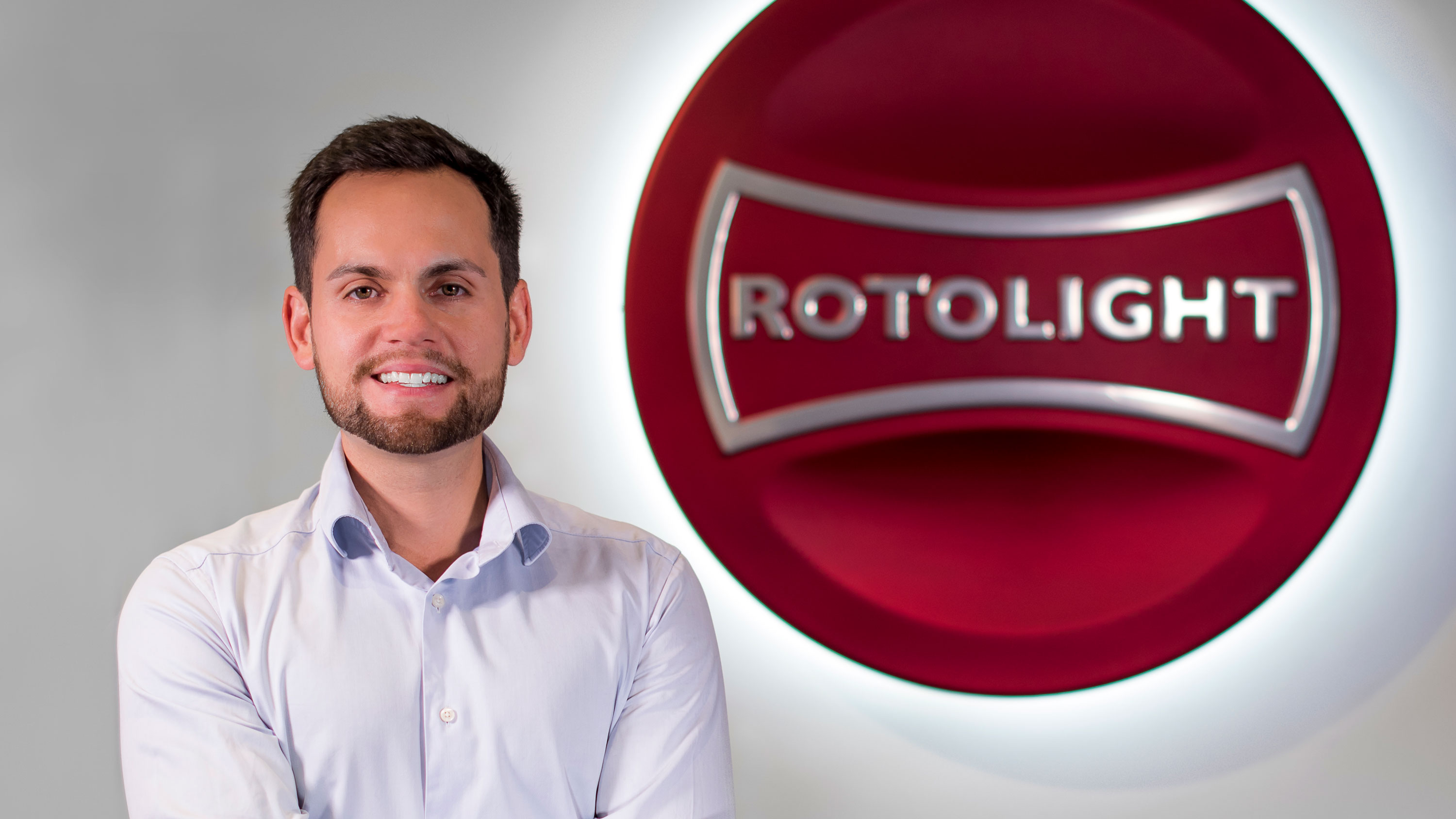
Rotolight is a major player in the TV and cinema lighting industry, but its powerful, colour-controlled LED lighting panels are also priced to appeal to bloggers, vloggers and content creators at all levels. Rotolight's ANOVA PRO 2, AEOS and NEO 2 lights are aimed equally at stills photographers, using their power and the increasing sensitivity of digital cameras to offer the speed and intuitiveness of continuous lighting with unique high-intensity short-duration 'flash' modes to offer the best of both worlds.
For those who want to try these lights out first-hand and see how they're used by photographers and videographers, Rotolight has booked its biggest stand yet at The Photography Show 2019, which takes place at the Birmingham NEC, UK, from March 16-19.

Rotolight has recently secured substantial investment capital for future development and has announced that it has no fewer than 15 new products in development. Obviously we wanted to know more!
Q: The news that you’ve secured £5/$6.5 million investment is very exciting, and you have said this will fund the development of 15 new products. That sounds very specific! Is there anything more you can tell us about this – without giving too much away, obviously!
"Yes, it’s very exciting indeed! My lips are sealed unfortunately, but what I can tell you is that LED lighting technology is developing at an astonishing rate, so we’re working hard to not only to keep pace with this but lead the way. With each product, we promise to deliver more power, performance and functionality in ways that have never been seen before."
Q: The list of film and TV credits where Rotolight equipment has been used is impressive. What do Rotolights have or do that other products don’t?
The best camera deals, reviews, product advice, and unmissable photography news, direct to your inbox!
"Even our first light, the RL48, was used on star-studded sets! The chief gaffer on Captain Phillips (that starred Tom Hanks) Harry Wiggins, loved it for its small size and ease of use, but our entire range has been used in productions worldwide. The unique round shape of the lights that we’re known for looks really eye-catching, so it’s no surprise that DOP Chris Yacoubian designed the set for ITV’s 2018 Dancing on Ice glamour shots to feature 30 Anova PRO 2s in-shot! Our industry-first features like CineSFXTM were used on the set of Barbara Broccoli’s Film Stars Don’t Die in Liverpool to simulate movement on a completely static set by Stefan Lange; letting them create great, spur of the moment effects that other lights would have required flicker-boxes to control them."
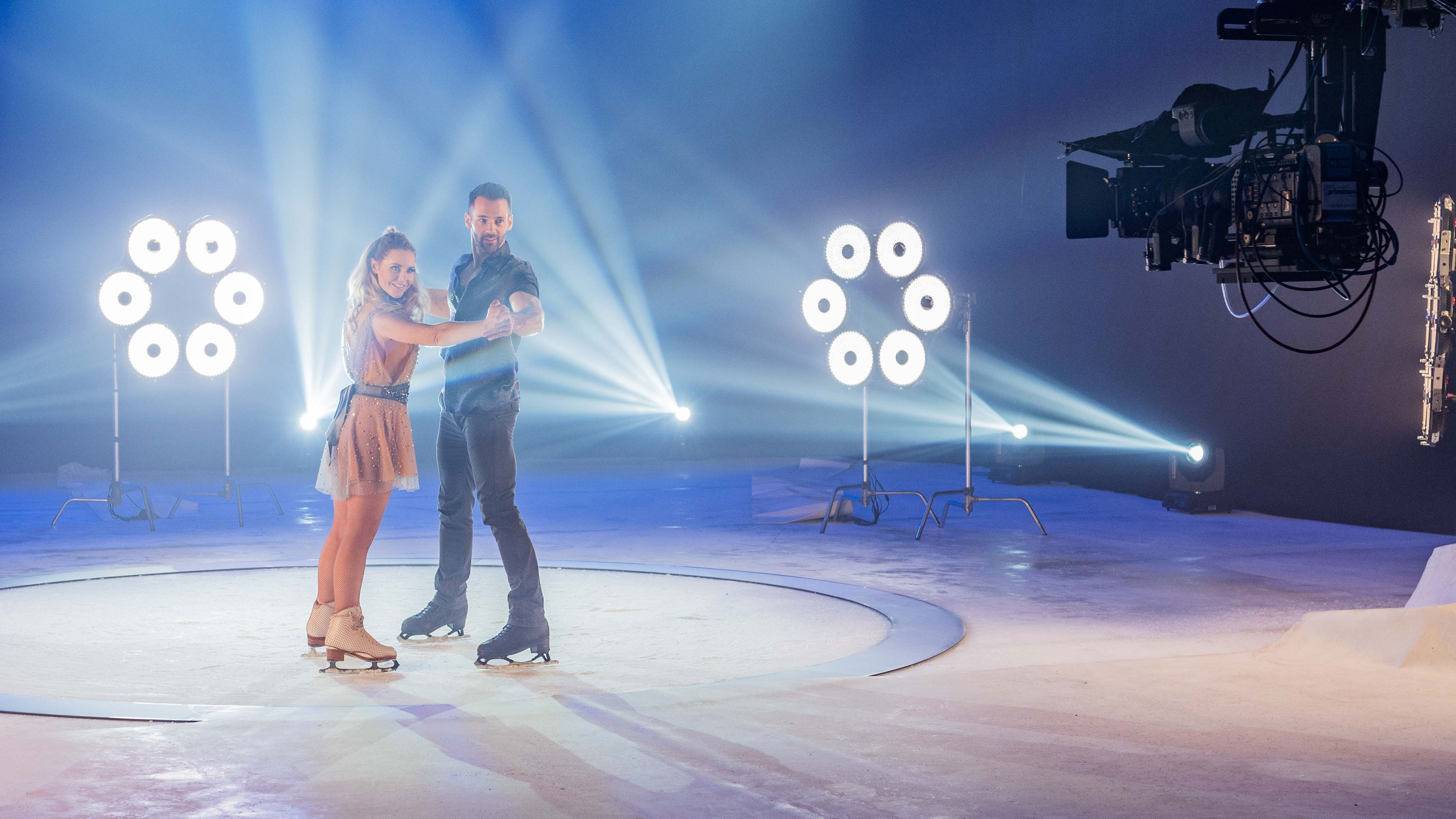
Q: Many stills photographers are still locked into the idea of flash as a default artificial light source for stills photography. Do you think that will ever change?
"Absolutely, and it’s already happening. Continuous lighting is so much easier and faster to use than traditional flash. You’re able to shoot exactly what you see, which synergises particularly well with the live view within mirrorless camera systems. Of course there are those that still like to use traditional flashes, which is why all of our products include High Speed Sync flash as well as the continuous output, and we’re the only manufacturer to offer that dual functionality in one product."
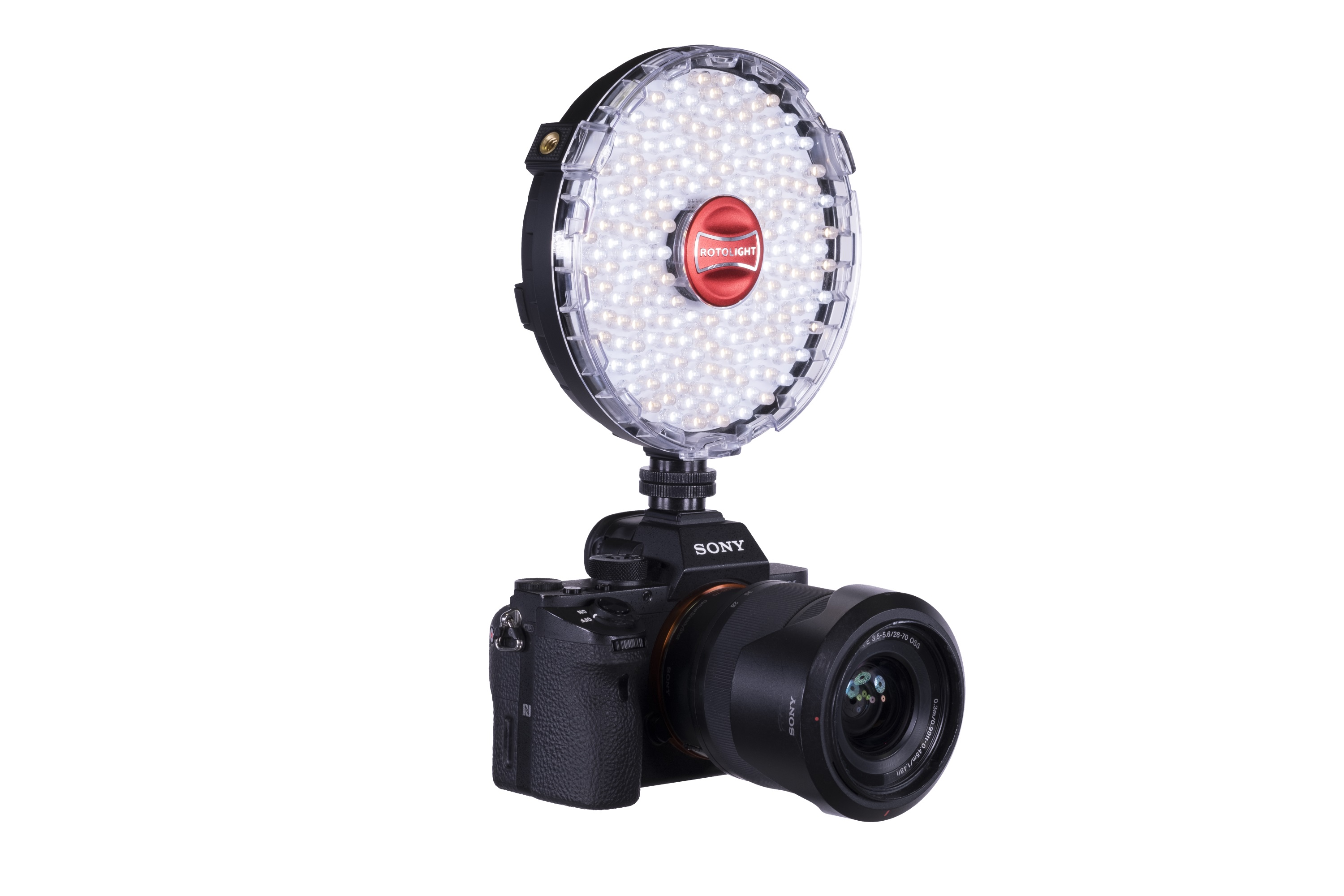
Q: What are the next technical hurdles for continuous lighting? Do you think it will ever achieve the same power output as electronic flash?
"At the moment, continuous lighting certainly doesn’t represent the same output as flash, but it offers more useable power. Traditional flashes require layers of diffusion, essentially cutting the light output until you can get flattering results, while LED is inherently softer so only minimal diffusion is needed. Many photographers use the lights completely bare without any diffusion and produce fantastic results. But in terms of power output, as LED technology progresses, we will be able to harness more and more from each bulb."
Q: The advantage of continuous lighting for stills is that you can see the light as you work and you can use your camera’s own meter – do you think stills photographers properly appreciate this?
"With the continued growth of mirrorless cameras, it’s definitely something that photographers are beginning to appreciate more. Those who have used continuous lighting, with any camera system, have found that it drastically increases the speed at which they are able to work. Rotolight Master of Light and Sony Europe Imaging Ambassador, Terry Donnelly, used the AEOS whilst shooting alone in New York City with tight time constraints. The light weight of the AEOS let him easily carry the light around with him, compose the shot, and capture it in moments. Those using traditional flash are used to inefficient trial and error methods of shooting that really slow down your workflow, but it’s what they’re used to so they continue with what they know."
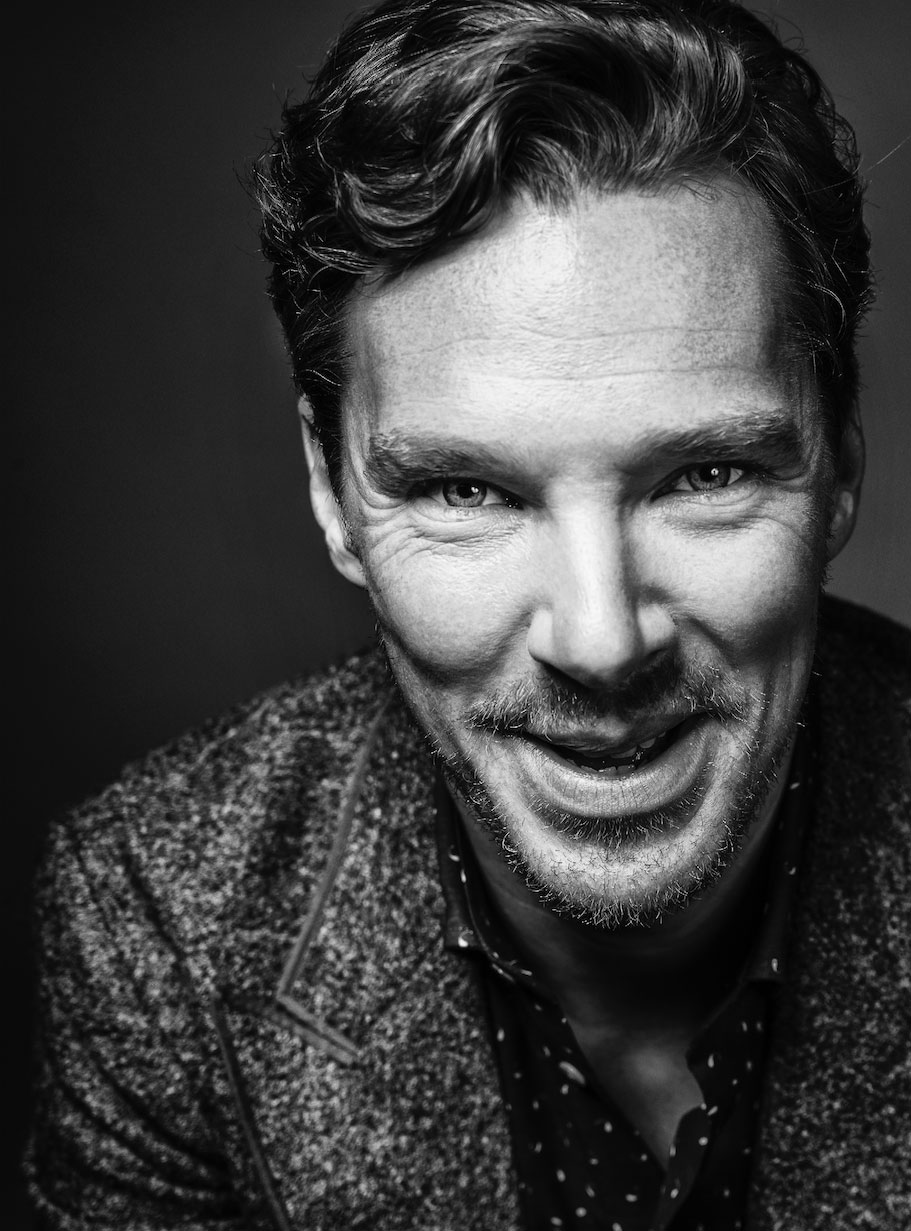
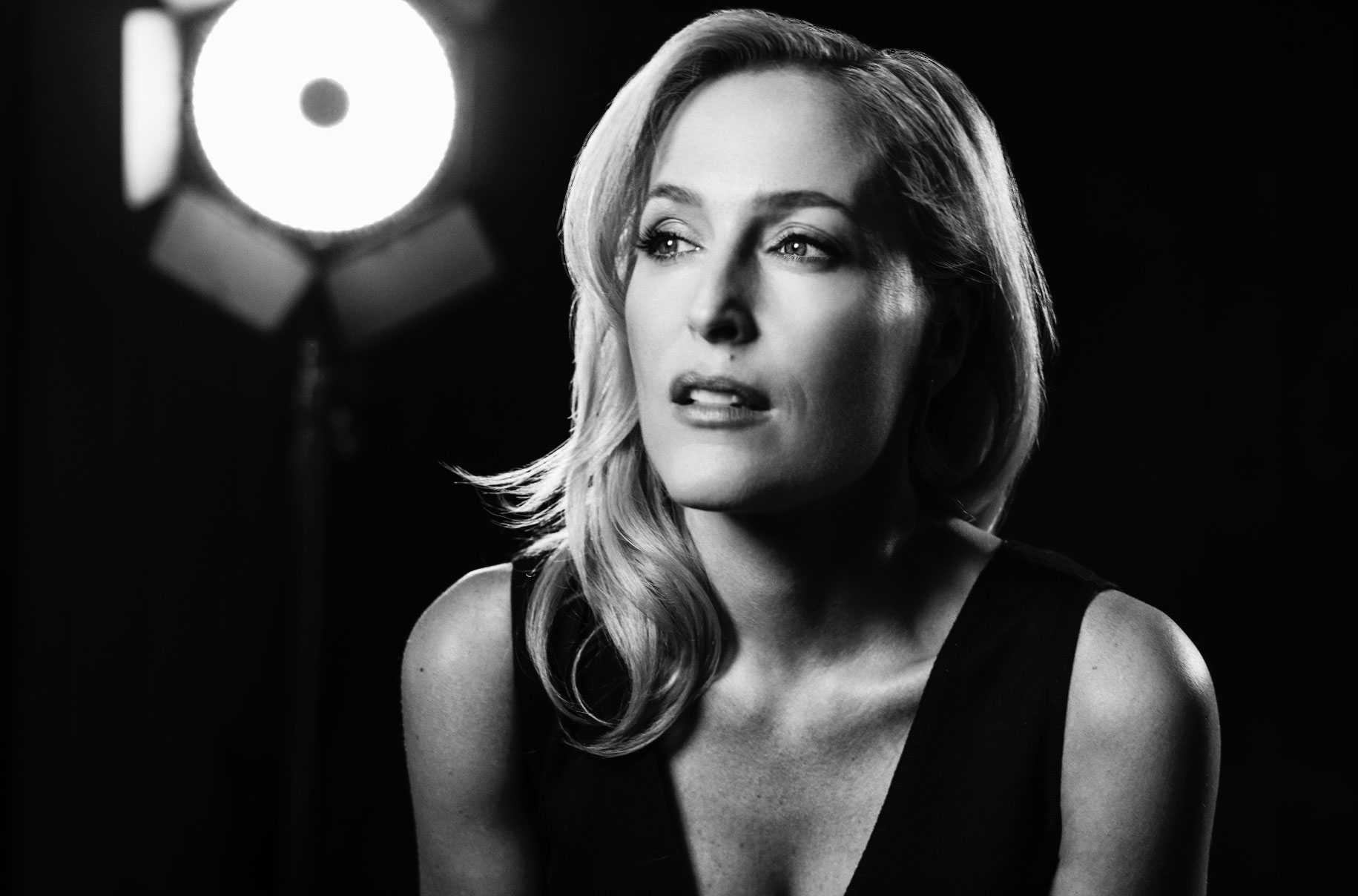
Q: We see more and more professionals needing to shoot video as well as stills. Do you feel this is a growing market?
"This is the exact reason why we founded Rotolight 11 years ago. With the launch of the Canon EOS 5D Mark II, creatives were for the first time able to shoot high definition video as well as capture stills – all at an affordable price point and this trend has only continued with the latest cameras all providing a wealth of video functionality inside stills cameras. Especially when shooting events like weddings, photographers find they’re being asked more and more to also shoot videos of the special day and we are the only light on the market that can truly cater to both formats."
Q: You have three different products at the moment, the NEO 2, AEOS and Anova PRO 2 – do you see these as appealing to three different types of user or are they interchangeable?
"Whilst the products all have the same broad functionality, the difference in size, output and cost affect their appeal to different users. The entire range is built from the same high-quality LEDs and can be used interchangeably whilst still achieving consistently great results. A great example of this is the NEO 2 which, whilst targeted primarily at aspiring or semi-professional photographers, is equally loved by professionals because of its small size, allowing it to be used as a flattering and reliable extra fill."
Rotolight at The Photography Show 2019
Q: You have a stand at The Photography Show where visitors can see Rotolight products in action – do you this is what it takes for people to really understand their potential?
"If creatives haven’t used LED before, they often find it’s a very different way of working so this new approach can take a while to get used to, but we consistently hear from our customers that it’s worth the investment. Changing what you’re used to is no small step, but we find there is no better way to teach people than in person. We always see such a great response when we’re able to demonstrate our lights at trade shows or workshops, which is why we’ve taken on our biggest stand yet at The Photography Show this year. We’ll have an integrated stage where we’ll be hosting talks led by professional photographers across multiple genres; with live demonstrations and behind the scenes looks at some of their most creative shoots. They’re completely free to attend and, run by some of the most proficient photographers in their craft, you’ll be able to learn how to use our lights to create stunning results."
Q: A lot of attention is given to colour rendition, colour accuracy and full spectrum coverage in Rotolight lights – can you tell us a bit more about this?
"When LED technology was first introduced to the industry, there was a real issue with green casts affecting the skin tones of subjects, so since we launched the first RL48, we’ve been meticulous in ensuring they produce the best possible light quality to save users time in post-production and produce flattering results first time. Using our own specialist phosphor technology called AccuColourTM, we use the industry standard Colour Rendering Index (CRI) as well as the more accurate Television Lighting Consistency Index (TLCI) to measure our lights, which assesses the reproduction against a spectrum of individual colours. Whilst many other lighting manufacturers will quote a high CRI and TLCI, this doesn’t necessarily cover the full colour scale. Our lights, on the other hand, scores on average CRI 96 and TLCI 91 across the entire colour spectrum and particularly high on skin tones, which is why our products are so fantastic for portraits."

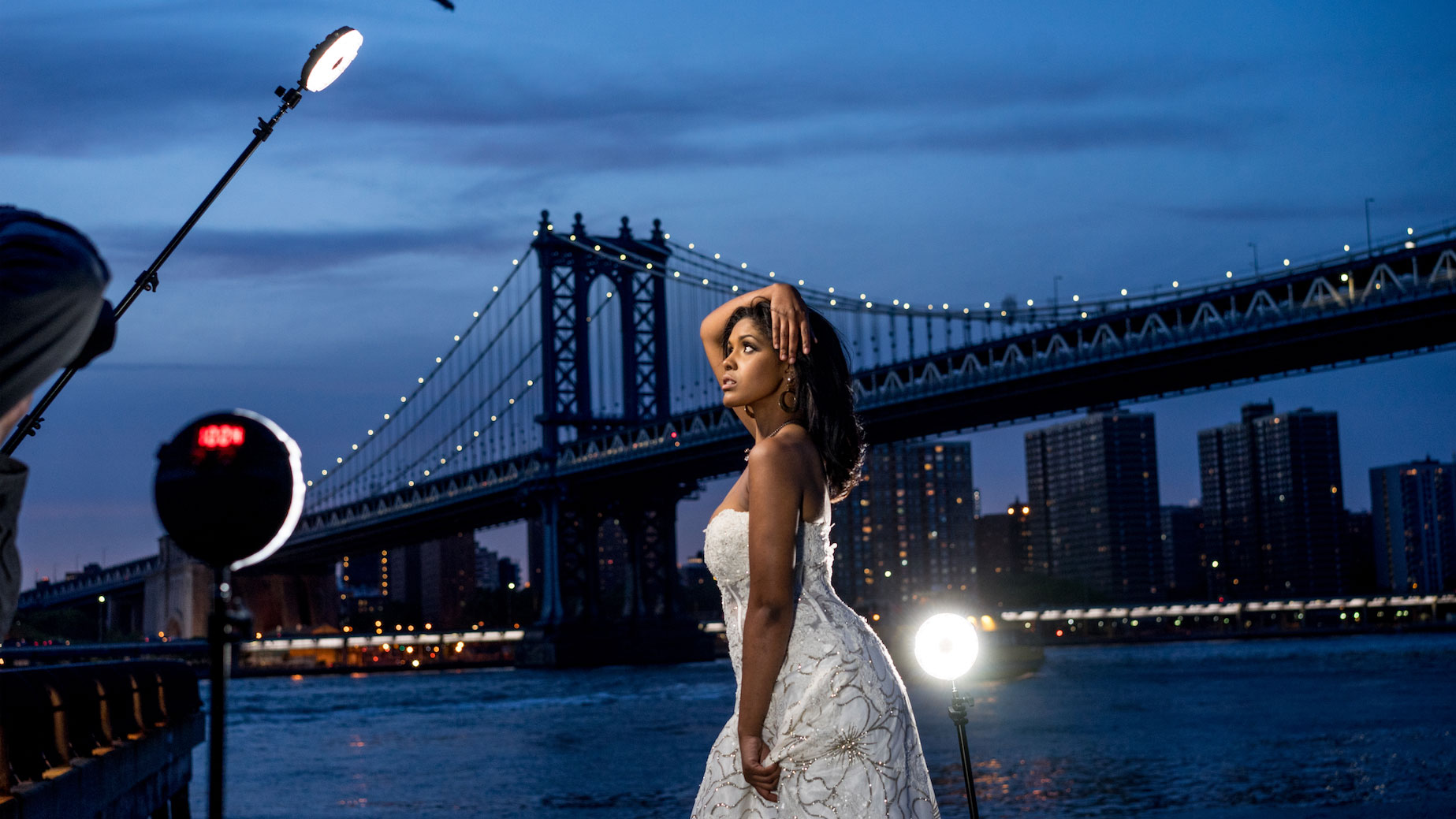
Q: Cameras are producing better image quality at high sensitivity settings and fast primes are becoming more popular – is this starting to erode the power advantage of electronic flash to the point where continuous LED lighting is a serious alternative for stills?
"Gone are the days where you could only shoot at ISO 100 to get high-quality results! Modern cameras are easily capable of shooting up to 1000 ISO with minimal noise, so you no longer need to focus on having as much light available as possible. This means that the extra benefits that LED lighting provides easily outweigh what traditional flash offers; the light is naturally softer and more flattering, and the output can easily be adjusted to suit your needs. The added bonus of energy efficiency not only lowers studio operating costs, but also allows photographers to shoot on location for longer."
Q: Finally, if a regular stills photographer were to ask you which Rotolight to buy instead of an electronic flash, what would you tell them?
"To most closely match a traditional on-camera flash, it would definitely be the NEO 2 due to its size and form factor. Whilst it doesn’t offer the same power output as a traditional flash, the NEO 2’s light is flattering and soft even when completely unmodified and offers far more functionality and versatility, like the CineSFXTM, adjustable brightness and colour temperature, and continuous modelling light. However, whilst not mountable on-camera, the AEOS and Anova PRO 2 also offer the same beautiful light quality and functionality whilst providing that extra power, if that’s what you need."
Read more
The best LED light panels

Rod is an independent photography journalist and editor, and a long-standing Digital Camera World contributor, having previously worked as DCW's Group Reviews editor. Before that he has been technique editor on N-Photo, Head of Testing for the photography division and Camera Channel editor on TechRadar, as well as contributing to many other publications. He has been writing about photography technique, photo editing and digital cameras since they first appeared, and before that began his career writing about film photography. He has used and reviewed practically every interchangeable lens camera launched in the past 20 years, from entry-level DSLRs to medium format cameras, together with lenses, tripods, gimbals, light meters, camera bags and more. Rod has his own camera gear blog at fotovolo.com but also writes about photo-editing applications and techniques at lifeafterphotoshop.com
